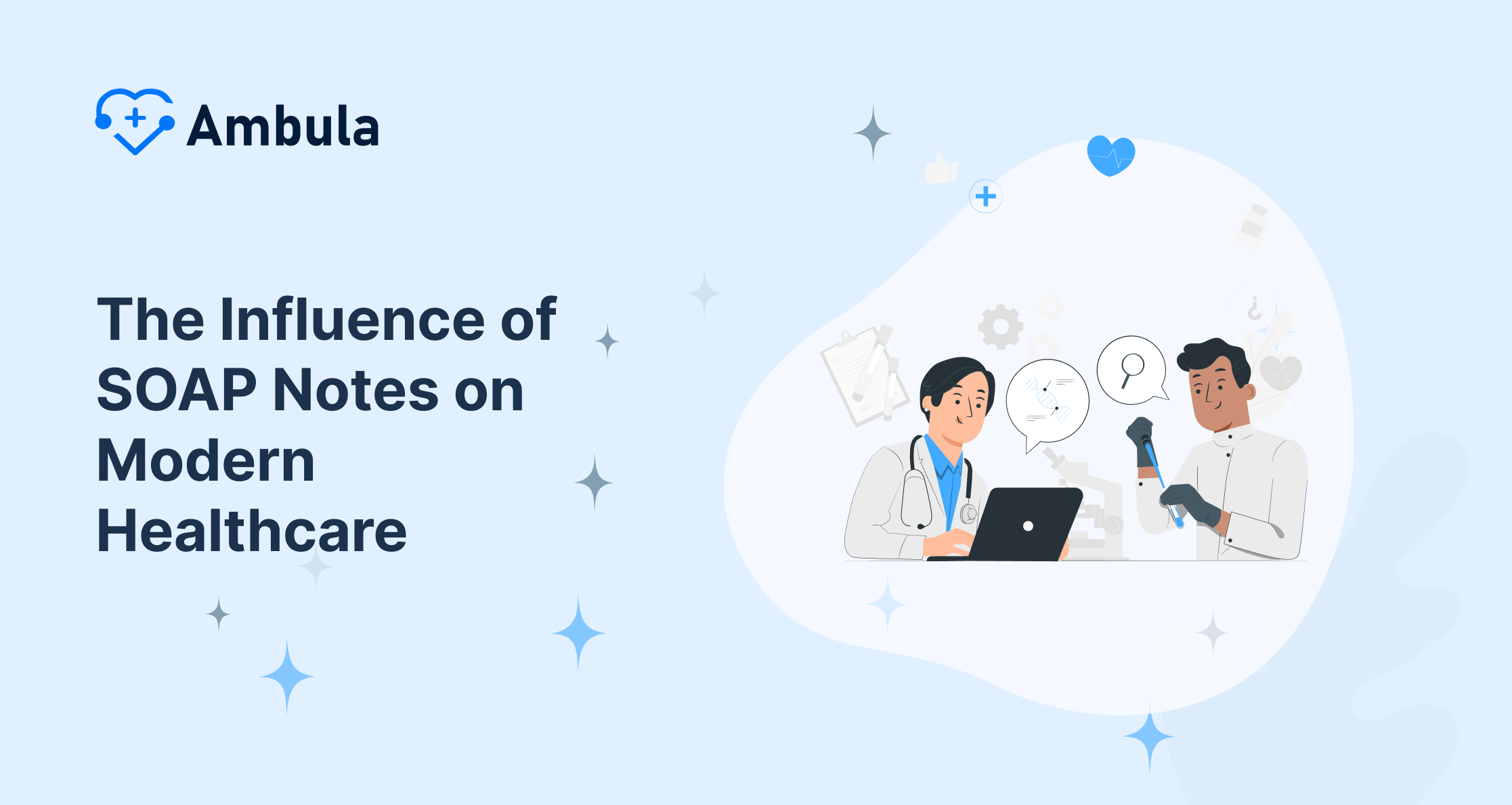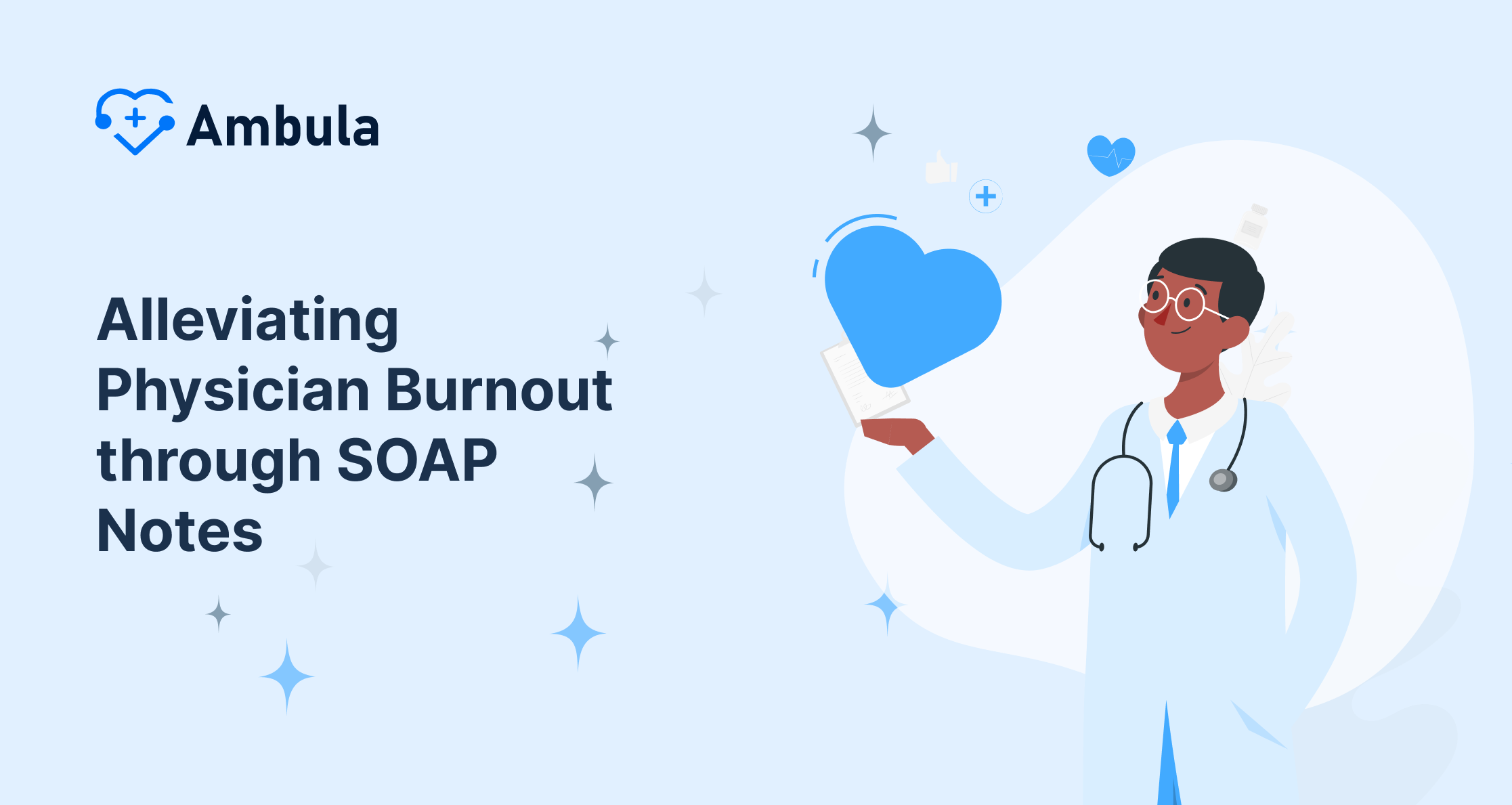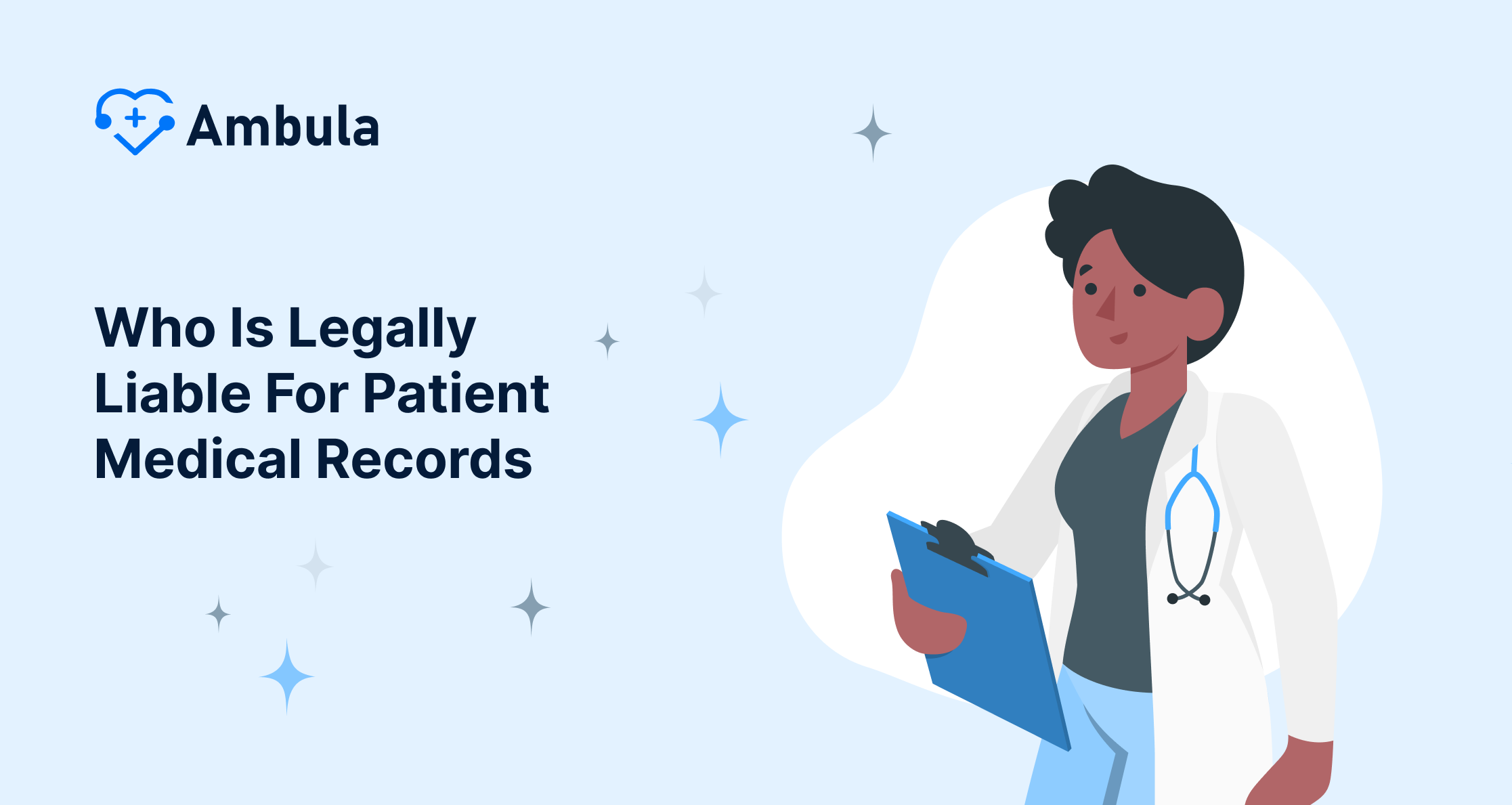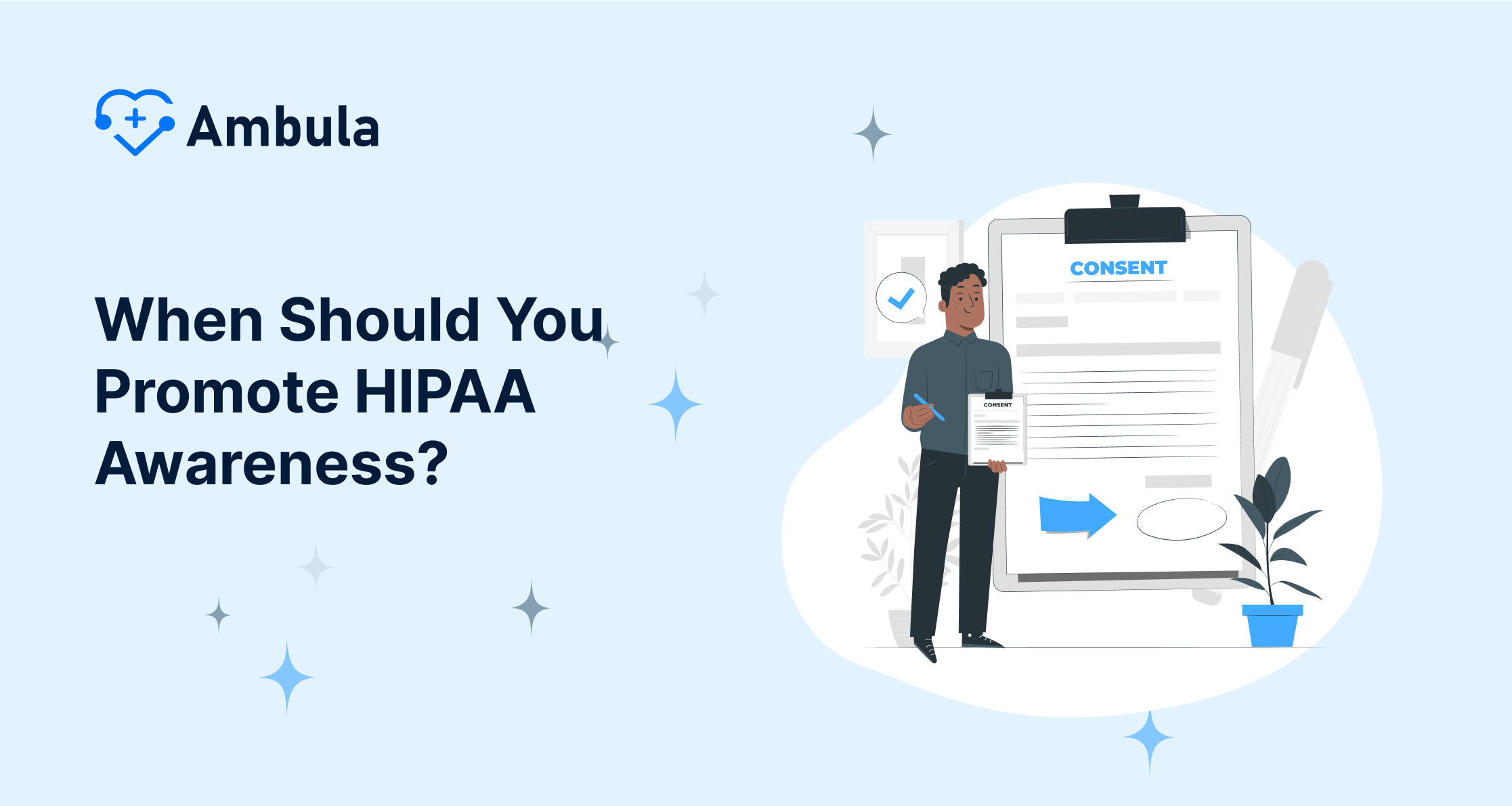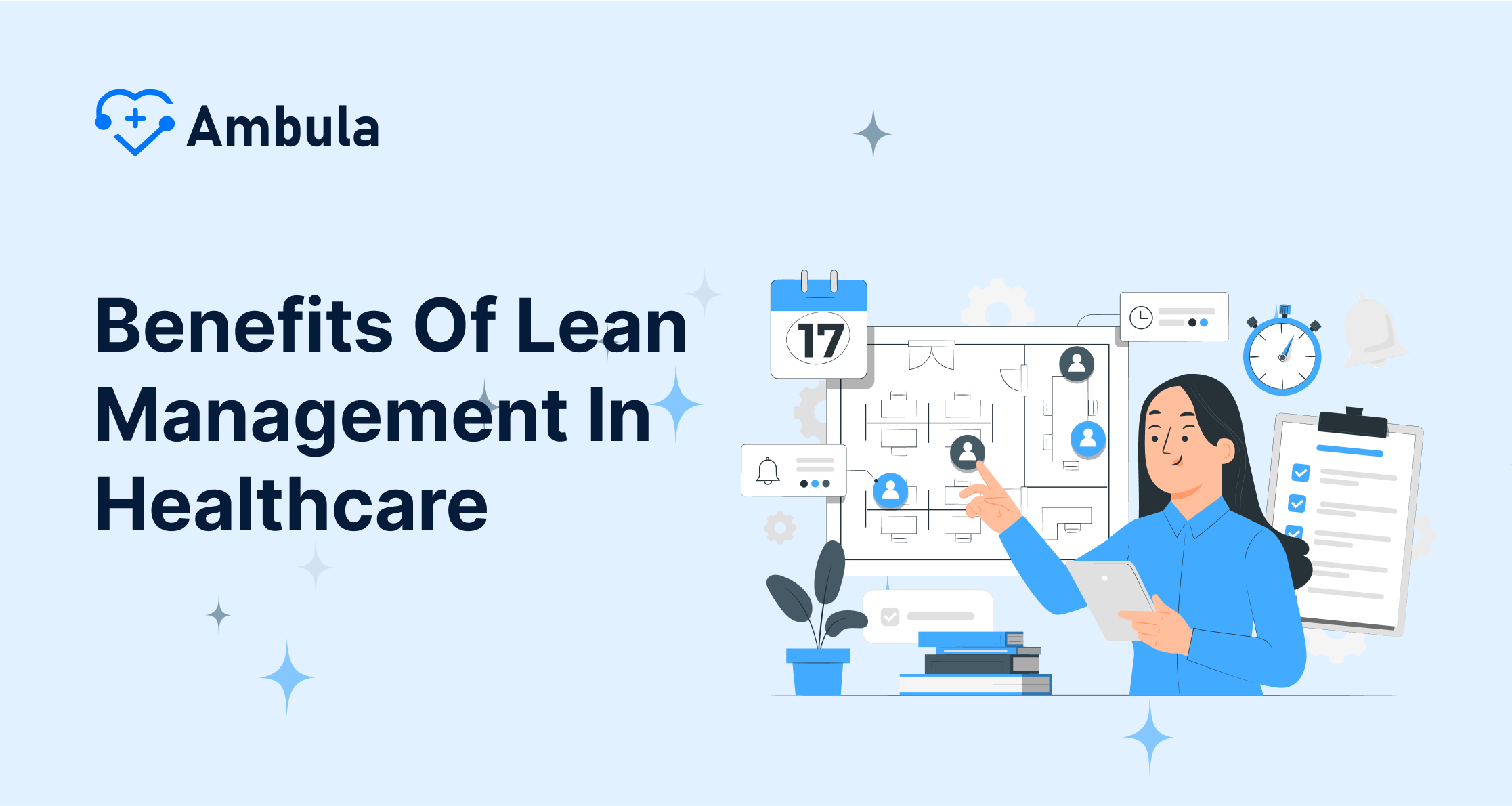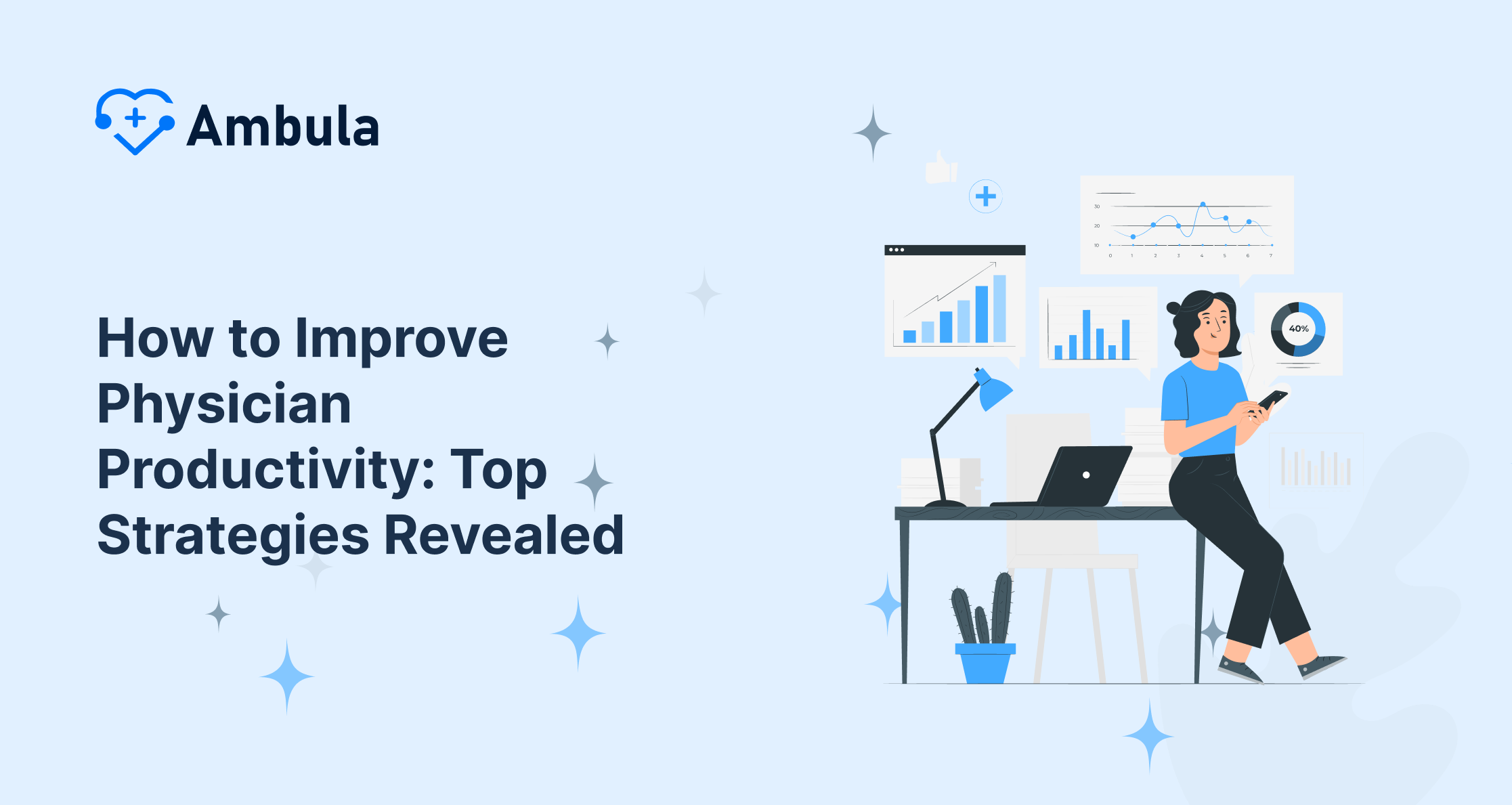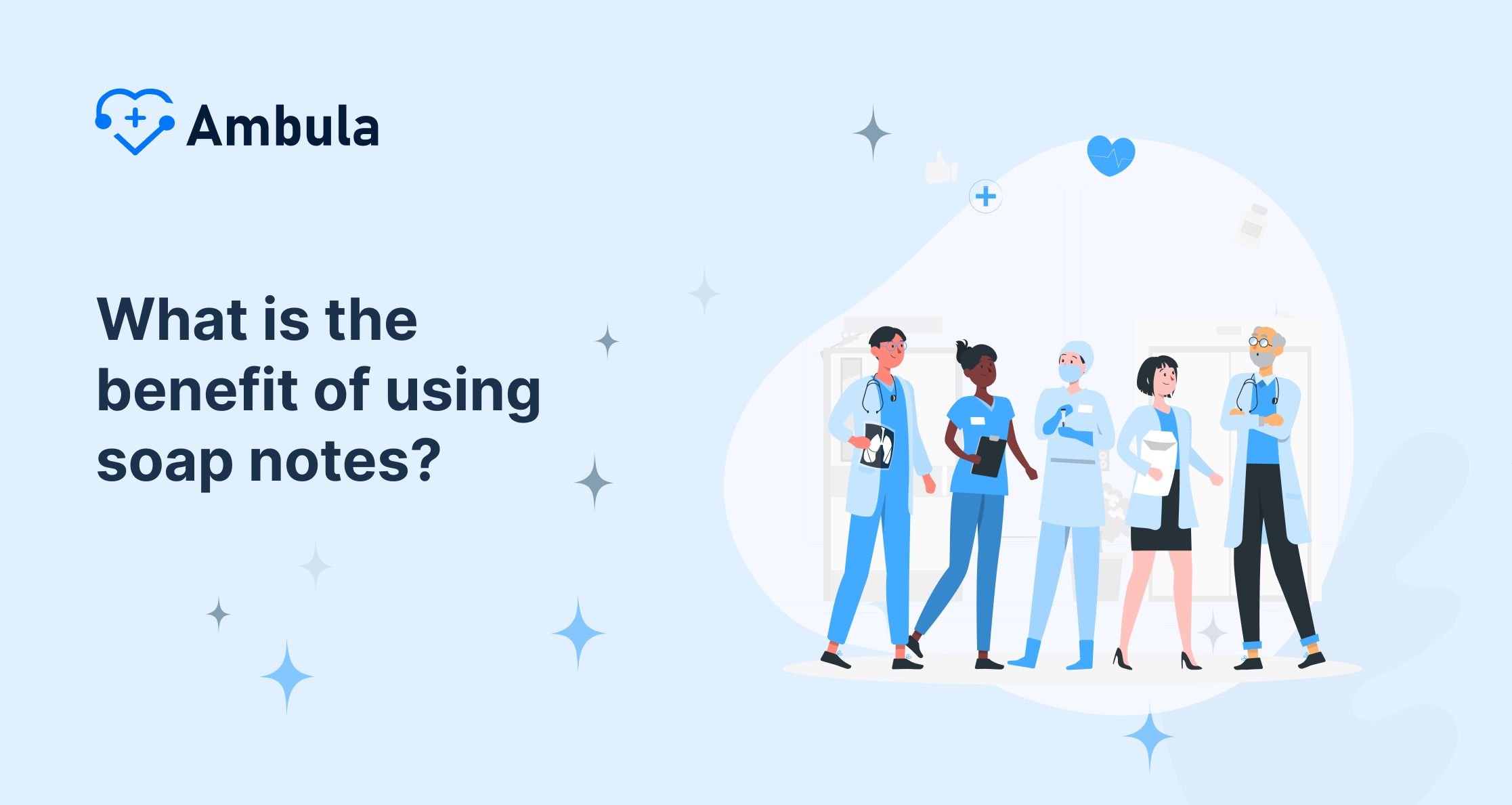
In the healthcare ecosystem, precision, clarity, and accuracy are pivotal for medical procedures and their communication and documentation. Amidst the mounting requirements of meticulous record-keeping and seamless healthcare delivery, one systemic approach has proven indispensable: SOAP notes. This universally adopted format for documentation is the polestar that navigates healthcare professionals through the sea of patient interactions, medical histories, and treatment plans. SOAP notes are more than just a tool for note-taking; they serve as the canvas upon which the intricate portrait of a patient’s health journey is sketched. With its unique structured format, the benefit of SOAP notes extends towards creating robust clinical narratives, enhancing patient care, and facilitating seamless healthcare communication, all while reducing potential errors and medical oversights.
The Influence of SOAP Notes on Modern Healthcare
Now more than ever, as we navigate the global health crisis, it is clear that effective communication among healthcare providers is pivotal, especially regarding patient care. At the heart of this extensive communicative network are SOAP notes. Devised by medical professionals, this note-taking process forms the backbone of communication about a patient’s condition and treatment plan within the healthcare system. SOAP, a systematic approach used in medical records and documents, is an acronym for Subjective, Objective, Assessment, and Plan.
SOAP notes provide a structured cognitive process, allowing providers to streamline their note-taking process and ensure an organized record of a patient’s symptoms, diagnosis, treatment, and, more importantly, progress. This practical method eases communication among clinicians, addressing concerns like physician burnout by substantially reducing the effort in sorting through vast amounts of patient data.
Advancements of SOAP Notes in Physical Therapy and Beyond
As in other healthcare fields, SOAP notes have become a cornerstone of patient management in physical therapy. The provider first records the patient’s chief complaint (subjective), followed by an organized record of the physical examination findings (objective), diagnosis or clinical impression (assessment), and lastly, a brief, lucid description of the treatment plan (plan). However, This classic SOAP order can be flexible, and the APSO order (Assessment, Plan, Subjective, Objective) has also been used in certain settings.
The final component of the SOAP note-taking process, the Plan, exemplifies an easy way of tracking ongoing care. For instance, the treatment might include specific exercises, medication, and follow-up sessions in physical therapy. By tracking this in SOAP notes, other clinicians can quickly understand the patient’s progress without reviewing the entire record.
A significant feature of the SOAP note system is its ability to reduce the risk of overlooked essential healthcare data. For example, SOAP notes in physical therapy may include details of a patient’s mobility, strength, coordination, balance, and essential information for formulating an effective treatment plan.
SOAP Notes – The Key to Clinical Efficiency and Coherent Communication
The longstanding practice of SOAP note-taking in managing patients’ records provides an effective cognitive framework for physicians. It’s a practical approach for coherent communication, reducing instances of error, and facilitating better treatment and care for patients. Healthcare providers can create, maintain, and share comprehensive, organized, legally sound, and clinically useful records.
The advancements in healthcare data management systems have added further value to using SOAP notes. They now serve as an essential tool in maintaining electronic health records (EHRs), enhancing the quality of patient-doctor interactions, and, consequently, overall patient care. The ability to electronically document SOAP notes makes accessing and sharing patient information easy, eliminating the time and effort needed to locate paper records.
SOAP notes promote improved healthcare provider communication while driving improved patient outcomes. As we embrace these practical methods and digital advancements within our health systems, like SOAP notes, we are ultimately building towards a healthier future.
Alleviating Physician Burnout through SOAP Notes
Physician burnout has become a major issue impacting healthcare quality in today’s fast-paced medical environment. SOAP notes act as a buffer in mitigating such conditions by offering a structured, standardized approach to documentation, thus reducing the cognitive load significantly. Taking notes in an organized format allows physicians to spend less time on paperwork and more time on actual patient interaction and consultation.
SOAP notes also improve efficiency in recalling patient details. For instance, the subjective section allows physicians to quickly refer back to the patient’s chief complaints and symptoms. This can help eliminate any risk of forgetting or overlooking vital patient information, reducing the stress associated with managing a high volume of patient data.
Enhancing Interdisciplinary Communication with SOAP Notes
Within the healthcare setting, many professionals may provide treatment to a single patient, ranging from doctors and surgeons to physical therapists. Thus, comprehensive, clear, concise communication among healthcare providers is paramount.
SOAP notes provide a standardized structure for all healthcare providers to follow, enhancing the consistency and clarity of patient records. This uniform note-taking method increases the readability of shared documents, ensuring seamless collaboration and consultation among clinicians. Other clinicians can quickly review the structured notes, gain insights into the patient’s condition, and align their care or treatment methods accordingly.
Future of SOAP Notes in Healthcare Data Management
As technological advancements continue to disrupt traditional healthcare methods, SOAP notes hold their ground, largely due to their inherent structure and universal acceptance among healthcare professionals. SOAP notes are easily integrated into Electronic Health Records (EHRs), significantly improving healthcare data management.
Implementing Artificial Intelligence (AI) and machine learning in the future could further streamline the SOAP note process. These systems could auto-generate SOAP notes from recorded doctor-patient interactions, enabling physicians to focus more on patients, thus enhancing healthcare quality. The potential for advancement in this area is extensive, with SOAP notes bridging traditional healthcare and transformative tech innovation.
The final analysis
The adoption and integration of SOAP notes within the multifaceted healthcare system have cultivated an environment of improved documentation, effective communication, and streamlined patient management. Beyond serving as a simple note-taking tool, SOAP notes foster a patient-centric approach that ultimately drives the primary goal of medicine – better patient outcomes. As the healthcare industry continues to evolve, SOAP notes undoubtedly will persist as a fundamental component, bridging the gap between traditional practices and revolutionary technological advancements. They represent an enduring mechanism to ensure collaborative problem-solving, informed decision-making, and holistic patient care in the medical profession.

